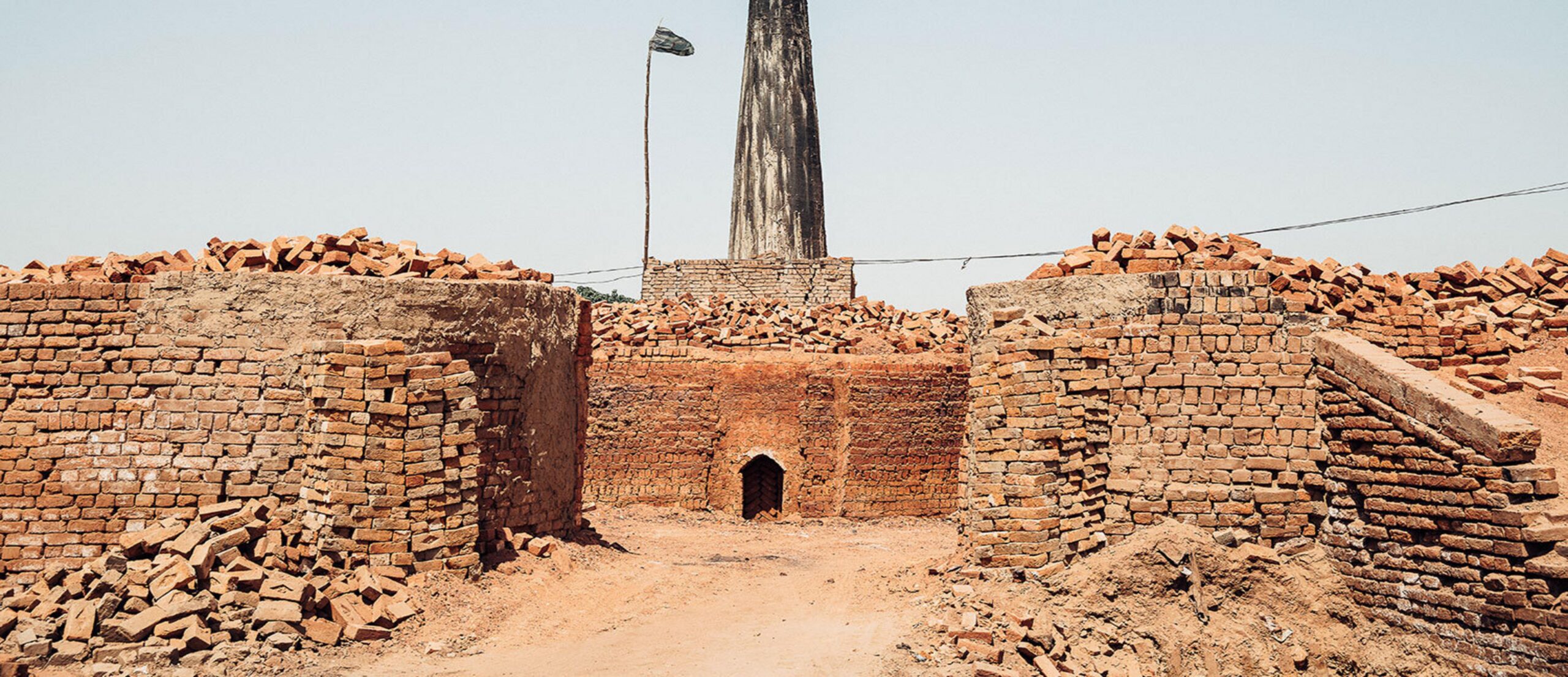Factors Influencing Bricks Rate in Pakistan: What You Need to Know
The construction sector in Pakistan is quite dynamic, growing, and considered a safe haven for investment. But it also keeps changing with the country’s growing economic uncertainty. Whether you are a real-estate developer, a local contractor, or a homeowner, it becomes important for you to understand the common factors influencing construction materials, particularly the brick rate in Pakistan.
So, we have taken some time to pen down this crucial topic so that you can get a basic understanding of the changing factors of the construction industry. Once you know all about them, you will find yourself in quite a better position to predict future rates like cement, steel, and brick rates in Pakistan. Therefore, take some time and read this piece to get incredible knowledge.
Introduction
A. The Bricks Industry in Pakistan
Bricks are something that is an integral part of construction and play an important role in making the grey structure. The residential projects and all the commercial buildings use bricks to finish the grey structure. So, any fluctuation in the brick rate in Pakistan considerably reduces or increases the overall budget.
B. Importance of Understanding Brick Pricing
Some many private investors and contractors start construction projects without having the basic knowledge about the pricing of materials. They get out of budget, which is not feasible for anyone. Therefore, without any doubt, it is quite crucial for anyone linked to the construction sector to be well-informed about all factors affecting its pricing, especially the brick rate.
II. Economic Factors
A. Impact of Inflation
Pakistan is experiencing a high inflation rate, especially in 2023. Inflation directly relates to the prices of brick in Pakistan; inflation increases, and the rates of all construction materials rise subsequently. Everyone should start their construction projects once they see inflation rates stable at some point.
B. Exchange Rates
Many construction materials, including brick steel, are directly linked to the exchange rates as they are manufactured through many imported materials. All such material rates go high when the country has economic uncertainty with increasing exchange rates. The rise in the US dollar, in contrast to PKR, is a sign that you should stay away from the construction.
C. Economic Policies
The government’s economic policies, including taxes, tariffs, and other regulations, can influence the construction sector. It’s important to keep an eye on changes in economic policies because they will eventually affect the brick rate in Lahore or Pakistan.
III. Supply and Demand Dynamics
A. Raw Material Availability
Brick production involves the use of clay and sand. Both these two materials are used to make bricks in Pakistan on the local level. If there is any kind of shortage of these materials, the brick prices in Pakistan will increase.
B. Construction Market Demand
The demand for particular construction materials also affects its pricing in the country. It means that if the construction sector is getting a boom, like many people are investing here, it will take the brick rates to a high level. The rule is simple: the more demand it takes, the higher the rates.
IV. Technological Advancements
A. Role of Technology
Advancements in brick-making technology can improve efficiency and ultimately reduce production costs. These changes have a direct impact on brick rates in Pakistan.
B. Efficiency Improvements
Efficiency improvements, such as automation in brick manufacturing or a new process for its making, can lead to cost savings and potentially lower brick rates.
VII. Competition and Market Structure
A. Number of Brick Manufacturers
The number of brick manufacturers in Pakistan is another important factor in deciding its rate. It can influence competition and pricing in the market. Areas with more manufacturers may experience competitive pricing and facilities for end users.
B. Regional Variations
Brick rates may vary across different regions of Pakistan due to local market conditions, transportation costs, and other factors. It is also important for stakeholders to study the regional variations.
VIII. Construction Trends
A. Influence of Mega Projects
Mega construction projects in the country substantially impact the construction material market. It potentially leads to increased brick prices.
B. Residential vs. Commercial Construction
Understanding the trends in residential and commercial construction can help assess the demand for bricks in specific segments and their pricing dynamics.
Conclusion
To sum up, we can say that brick rates in Pakistan are quite dynamic and keep on changing with time due to different factors. Due to this high uncertainty, it becomes crucial for all stakeholders to understand the key factors influencing its prices in the market. Hopefully, by reading these factors, you will be better positioned to forecast the up and down in brick prices.



